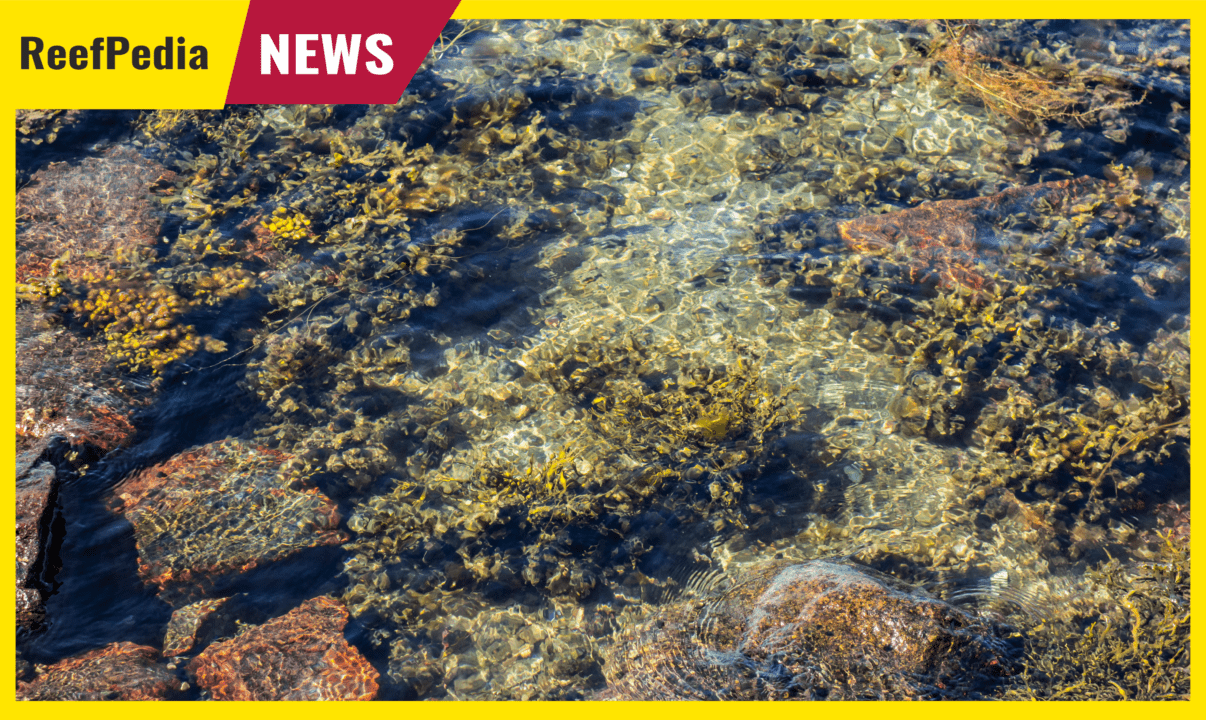The impact of seaweed on corals

The results of the research conducted by Griffith University, in collaboration with Australian and international experts in reef ecology and water chemistry, indicate serious threats to the corals that form coral reefs if global CO2 emissions continue at their current levels. According to scientists, if no actions are taken to reduce CO2 emissions, key coral species could begin to decline by 2050 and may completely die out by 2100.
Dr. Guillermo Diaz-Pulido from Griffith’s School of Environment points out that the main problem is the competition between corals and algae, which, like weeds, can take over space on the reef. Scientists had already known that rising CO2 levels affect the invasive behavior of algae, but they have now been able to precisely explain how this process occurs.
It was discovered that the increase in CO2 concentration leads to a rise in the concentration of chemical compounds produced by algae, which are toxic to corals. “This is a groundbreaking discovery in understanding how algae can harm corals and is crucial for comprehending the consequences of increased carbon dioxide emissions on the health of the Great Barrier Reef,” says Dr. Diaz-Pulido.
Algae, like other plants, need light and CO2 to grow. Scientists wanted to investigate, assuming that CO2 levels would rise in the future, to what extent this would affect the physiology of seaweed and its interaction with other organisms inhabiting coral reefs. Professor Mark Hay from the Georgia Institute of Technology, co-author of the study, adds: “We discovered that some algae produce more potent chemical substances that more quickly inhibit the growth or kill corals. This can happen in just a few weeks.”
If algae dominate the corals, we face another factor contributing to coral reef degradation, in addition to the already known problems such as the rise in sea and ocean temperatures, which leads to coral bleaching, the invasion of crown-of-thorns starfish, destruction caused by cyclones, and the highly degrading impact of human activities.
The research was conducted on Heron Island, located at the southern end of the Great Barrier Reef, using underwater experiments and laboratory studies. Dr. Diaz-Pulido emphasizes that the results have global significance because one of the studied species of seaweed, which causes the most damage, is a commonly found brown alga (Phaeophyceae) present on reefs worldwide.
The proliferation of this seaweed, along with the increase in CO2 concentration, will pose a significant problem in marine ecosystems. The scale of the problem is so large that removing them from the reef will not have a significant effect, as they quickly regrow. They show alarmingly rapid growth rates. The best solution to halt the invasion of these seaweeds is to limit CO2 levels in the atmosphere, which could slow the growth of brown algae and thus protect corals from extinction.
In summary, to maintain the health of coral reefs worldwide, decisive actions are necessary to reduce carbon dioxide emissions, which will help curb the harmful impact of brown algae on corals. Otherwise, these ecosystems may not survive until the end of this century.
About the author

Grzegorz Bubak
My fascination with marine aquariums began over two decades ago when I stumbled upon an article about this topic in a magazine. Since then, the underwater world has become my obsession and passion, shaping my everyday life. I started my adventure with marine aquariums with soft corals, which were my first step into this fascinating world. Over time, captivated by the diversity and beauty of SPS corals, I decided to focus on their cultivation, which continues to fill me with constant wonder.
Thanks to my experience and passion for marine aquariums, I am ready to share my knowledge and expertise with other enthusiasts in this field. I am happy to be part of the Reef Pedia community, which serves as an invaluable source of information for all marine aquarium lovers.
